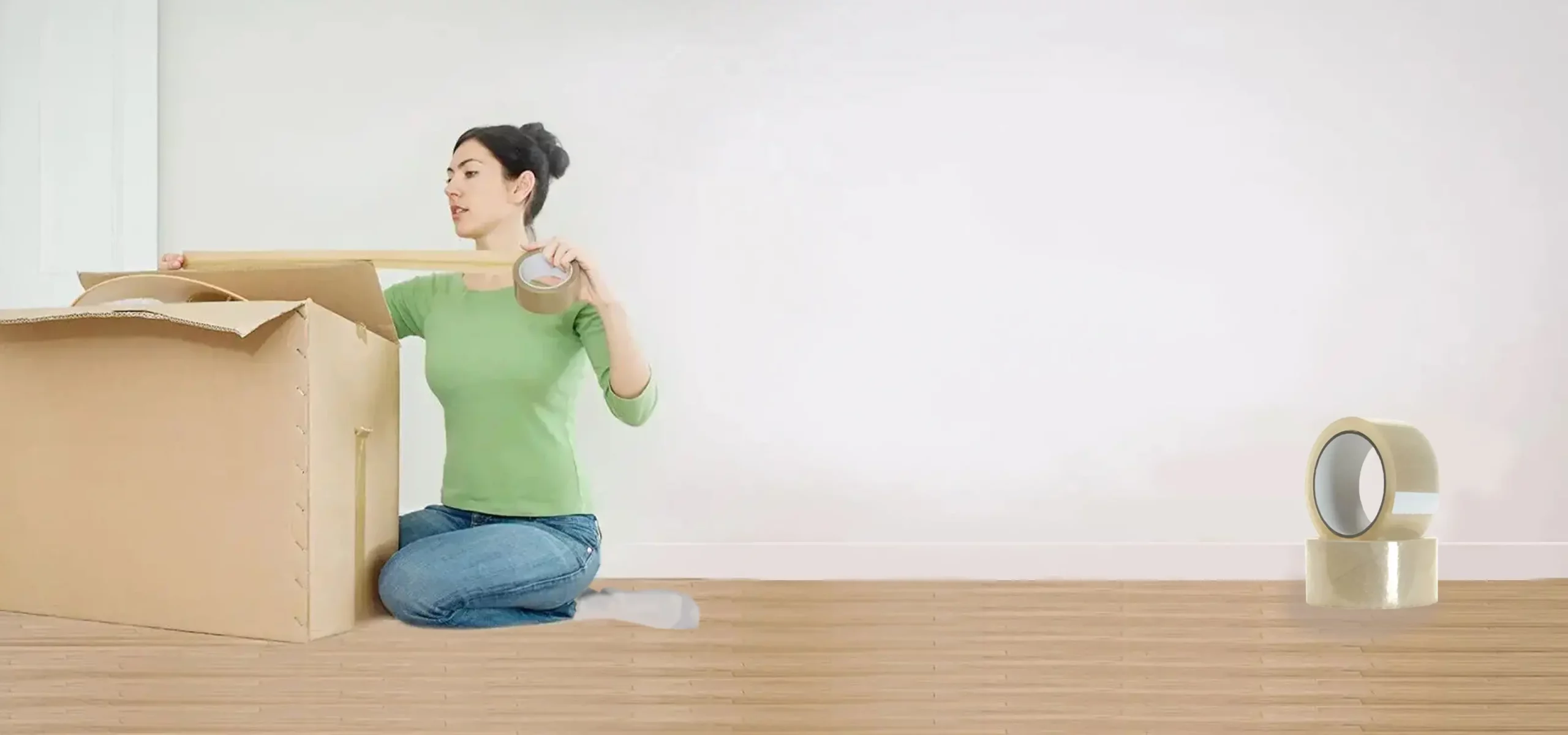
# Double-Sided Tape: The Ultimate Bonding Solution
## Introduction to Double-Sided Tape
Double-sided tape is a versatile adhesive product that has revolutionized the way we bond materials together. Unlike traditional single-sided tapes, this innovative solution provides adhesion on both sides, making it ideal for a wide range of applications where a clean, invisible bond is required.
## The Science Behind Double-Sided Tape
At its core, double-sided tape consists of a carrier material (often paper, foam, or film) coated with adhesive on both surfaces. The adhesive formulation can vary significantly depending on the intended use:
– Acrylic-based adhesives for permanent bonds
– Rubber-based adhesives for temporary applications
– Specialty adhesives for unique surfaces or environments
## Common Applications of Double-Sided Tape
This remarkable bonding solution finds use in countless industries and everyday situations:
### Home and Office Uses
– Mounting photos and artwork without damaging walls
– Securing carpets and rugs
– Attaching nameplates and signage
– Craft projects and scrapbooking
### Industrial Applications
– Automotive assembly (trim attachment, emblems)
– Electronics manufacturing (component mounting)
– Construction (panel bonding, temporary holds)
– Packaging and shipping (box sealing)
## Advantages Over Traditional Adhesives
Double-sided tape offers numerous benefits that make it superior to many alternative bonding methods:
– Clean application with no visible fasteners
– Even weight distribution across the bond area
– No drying or curing time required
– Minimal surface preparation needed
– Removes cleanly in many cases (depending on type)
– Vibration damping properties (with foam variants)
## Choosing the Right Double-Sided Tape
Selecting the appropriate tape for your project depends on several factors:
### Surface Considerations
– Porous vs. non-porous materials
– Smooth vs. textured surfaces
– Material composition (plastic, metal, wood, etc.)
### Environmental Factors
– Indoor vs. outdoor use
– Temperature extremes
– Exposure to moisture or chemicals
### Performance Requirements
– Permanent vs. removable bond
– Weight-bearing capacity
– Flexibility needs
## Proper Application Techniques
To achieve optimal results with double-sided tape:
1. Clean and dry all surfaces thoroughly
2. Cut tape to desired length (use scissors for clean edges)
3. Remove one liner and apply to first surface
4. Press firmly to ensure good contact
5. Remove second liner and attach second surface
6. Apply pressure across entire bond area
## Specialized Varieties of Double-Sided Tape
The market offers numerous specialized options:
– High-temperature tapes for industrial applications
– Ultra-thin tapes for delicate electronics
– Heavy-duty mounting tapes for significant loads
– Repositionable tapes for temporary bonds
– Foam tapes for uneven surfaces or gap filling
## Maintenance and Removal
When it’s time to remove double-sided tape:
– For removable tapes: peel slowly at 180° angle
– For permanent bonds: use heat or adhesive removers
– Residue can often be cleaned with rubbing alcohol
– Always test removal methods on inconspicuous areas first
## The Future of Double-Sided Tape
Innovation continues in the adhesive tape industry with developments like:
– Eco-friendly, biodegradable formulations
– Smart adhesives with adjustable bond strength
– Conductive tapes for electronic applications
– Nano-enhanced adhesives for extreme conditions
## Conclusion
Double-sided tape has earned its place as an essential tool in both professional and personal settings. Its combination of convenience, strength, and versatility makes it the ultimate bonding solution for countless applications. Whether you’re a DIY enthusiast or an industrial engineer, understanding the capabilities of different double-sided tapes can help you achieve better results in your projects.
Keyword: double sided tape